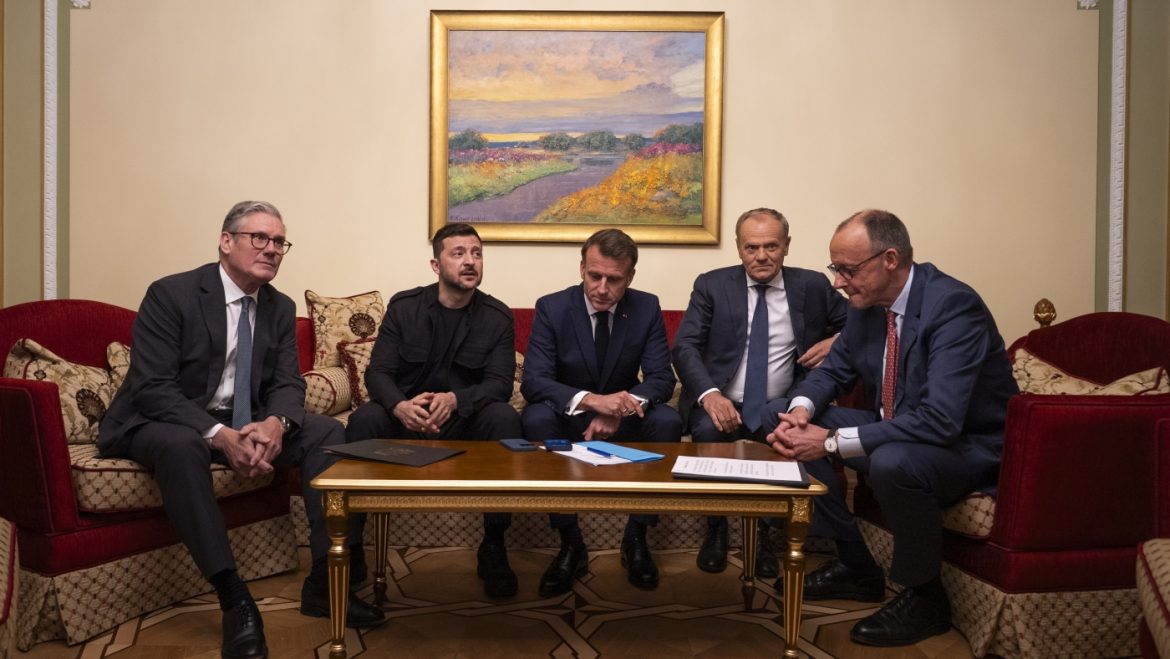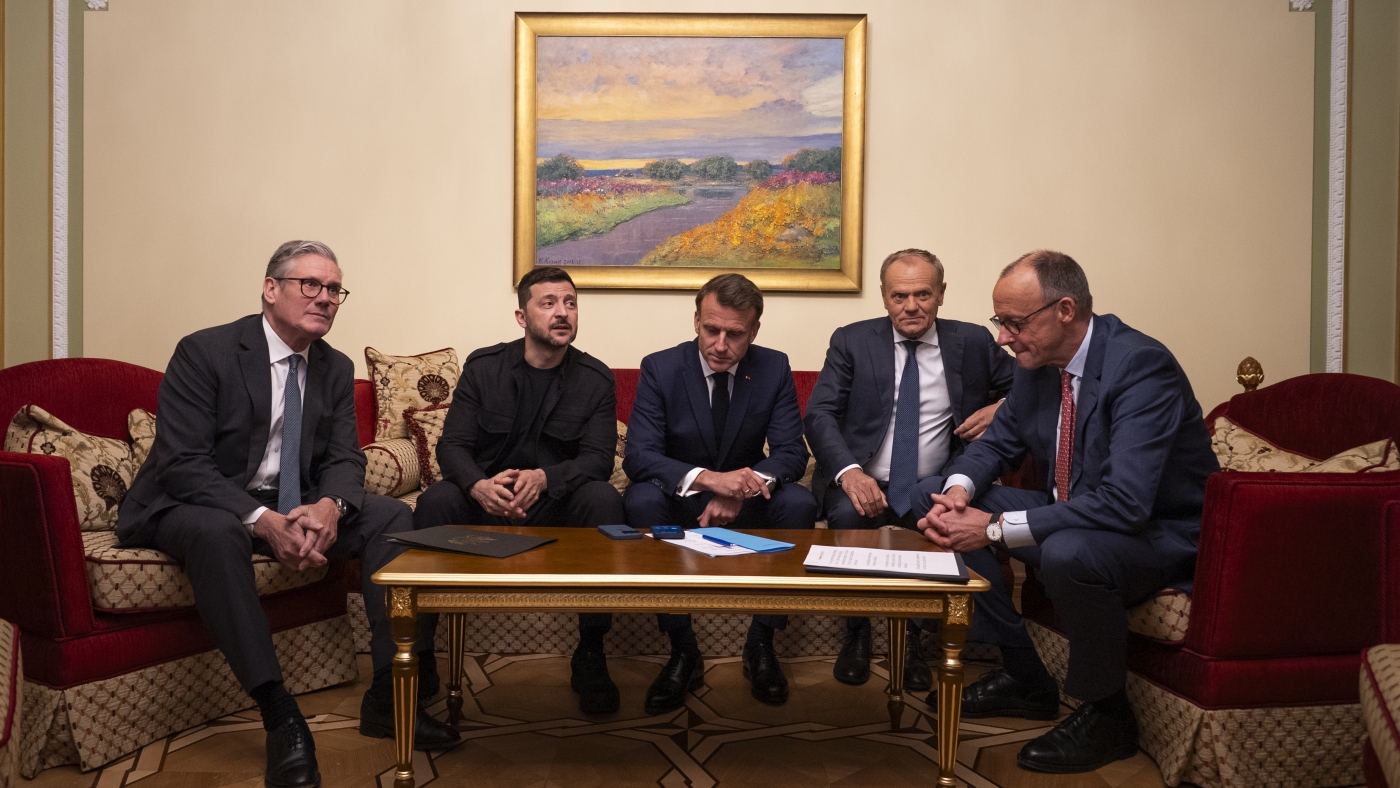The Diplomatic Chess Game: Zelenskyy’s Challenge to Putin
A Call for Ceasefire and Direct Talks
The geopolitical landscape has seen a flurry of diplomatic maneuvers as Ukrainian President Volodymyr Zelenskyy called for an immediate ceasefire with Russia, setting the stage for direct talks with Russian President Vladimir Putin. Zelenskyy’s proposal for a 30-day ceasefire, starting on Monday, was met with a counteroffer from Russia, which suggested direct negotiations instead. This diplomatic dance highlights the complex nature of international relations and the delicate balance between military action and diplomatic resolution.
The European Alliance and the Ceasefire Demand
European allies, including Ukraine, had collectively demanded that Russia accept a 30-day ceasefire before any talks could commence. This demand was underpinned by a broader European diplomatic effort aimed at de-escalating the conflict. However, Russia’s rejection of this proposal and its insistence on direct negotiations have complicated the path to peace. The European leaders’ plan, announced during a visit to Kyiv, called for an unconditional ceasefire as a prerequisite for any meaningful dialogue. This stance was supported by the threat of new and massive sanctions on Russia’s energy and banking sectors if the ceasefire was not agreed upon.
Trump’s Intervention and the Shift in Dynamics
The diplomatic landscape was further complicated by the intervention of U.S. President Donald Trump, who urged Ukraine to accept Russia’s proposal for direct talks. This intervention shifted the dynamics, as Zelenskyy found himself in a position where he had to balance the demands of his European allies with the pressure from the U.S. Trump’s insistence on immediate negotiations, without a prior ceasefire, added a new layer of complexity to the ongoing conflict. This move by Trump underscored the influence of external powers in shaping the course of the conflict and the potential for a diplomatic resolution.
Zelenskyy’s Response and the Call for Direct Talks
In response to the evolving situation, Zelenskyy challenged Putin to meet him personally in Turkey for direct talks. This bold move was not just a diplomatic gesture but a strategic maneuver aimed at bringing the conflict to a negotiating table. Zelenskyy’s willingness to engage in direct talks, while insisting on a ceasefire, reflects a pragmatic approach to conflict resolution. The Ukrainian president’s stance underscores the importance of dialogue in resolving long-standing conflicts and the need for both parties to show willingness to compromise.
The Significance of Direct Talks
The proposal for direct talks between Zelenskyy and Putin holds significant implications for the future of the conflict. Direct negotiations between the two leaders could potentially lead to a more sustained ceasefire and a broader peace agreement. The last time Russia and Ukraine held direct negotiations was in the early months of the 2022 conflict, and the outcome of those talks was inconclusive. The current proposal for direct talks, therefore, represents a critical juncture in the conflict, with the potential to either escalate tensions or pave the way for a lasting peace.
The Role of Turkey as a Neutral Ground
Turkey has emerged as a potential neutral ground for these talks, offering a venue where both leaders can engage in direct dialogue. The choice of Turkey as the location for these talks is significant, as it has historically played a role in mediating conflicts in the region. The neutral ground provided by Turkey could facilitate more open and honest discussions, free from the pressures of domestic politics and external influences. This move also highlights the importance of third-party mediation in resolving complex international conflicts.
Conclusion: The Path Forward
As the diplomatic chess game continues, the path forward remains uncertain. Zelenskyy’s call for a ceasefire and his challenge to Putin for direct talks represent a significant step towards resolving the conflict. The outcome of these negotiations will depend on the willingness of both parties to compromise and the support they receive from their respective allies. The international community will be closely watching these developments, hoping for a resolution that brings an end to the conflict and paves the way for a lasting peace. The stakes are high, and the decisions made in the coming days could shape the future of the region for years to come.


